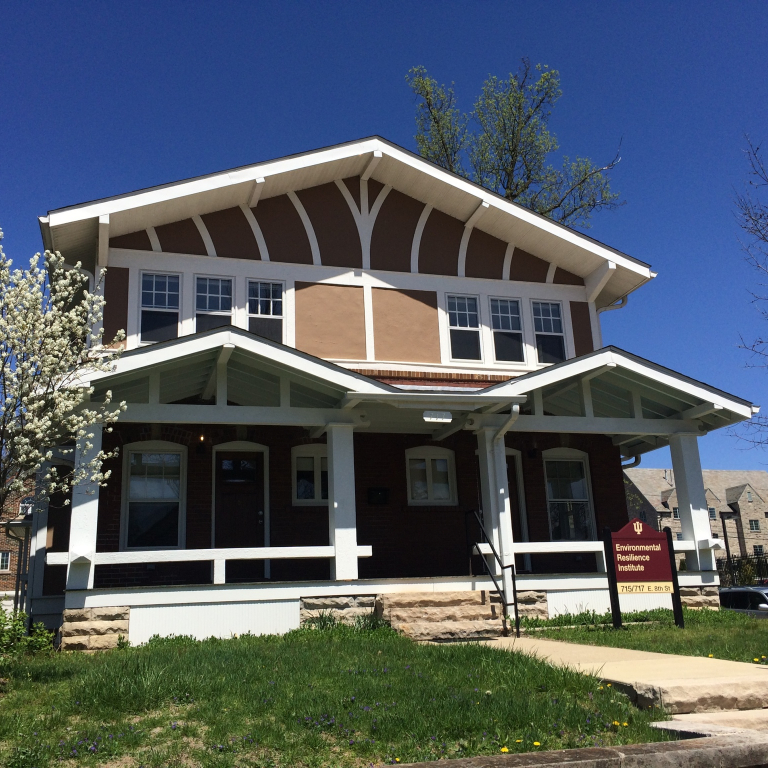As winter approaches, weatherproofing can protect homeowners from frigid air creeping in — and energy bills creeping up.
Weatherproofing reduces the need for heating, and therefore reduces overall energy consumption. It doesn't have to be expensive or time consuming: steps can be as simple as sealing windows or adding door sweeps.
Most weatherizing measures are cheap and they can do big things to improve the home's overall energy efficiency — and by default, its environmental footprint, said Sanya Carley, a professor at Indiana University's O'Neill School of Public and Environmental Affairs.
"For each unit, let’s say, of energy that’s conserved, that’s one less unit that has to be generated," Carley said. "And often times, we’re thinking in the state of Indiana that unit could be coal … and coal, of course, contributes greenhouse gas emissions as well as other air pollution.”
Most people don't realize how much of an impact a home's HVAC system, or heating, ventilation and air conditioning, has on the household's energy footprint, said Shahzeen Attari, IU associate professor and Carley's colleague.



